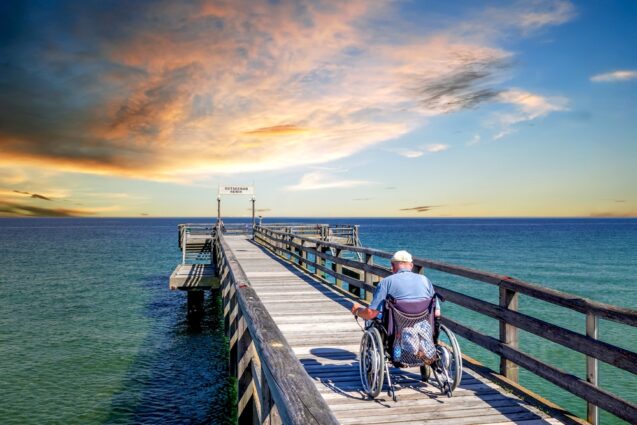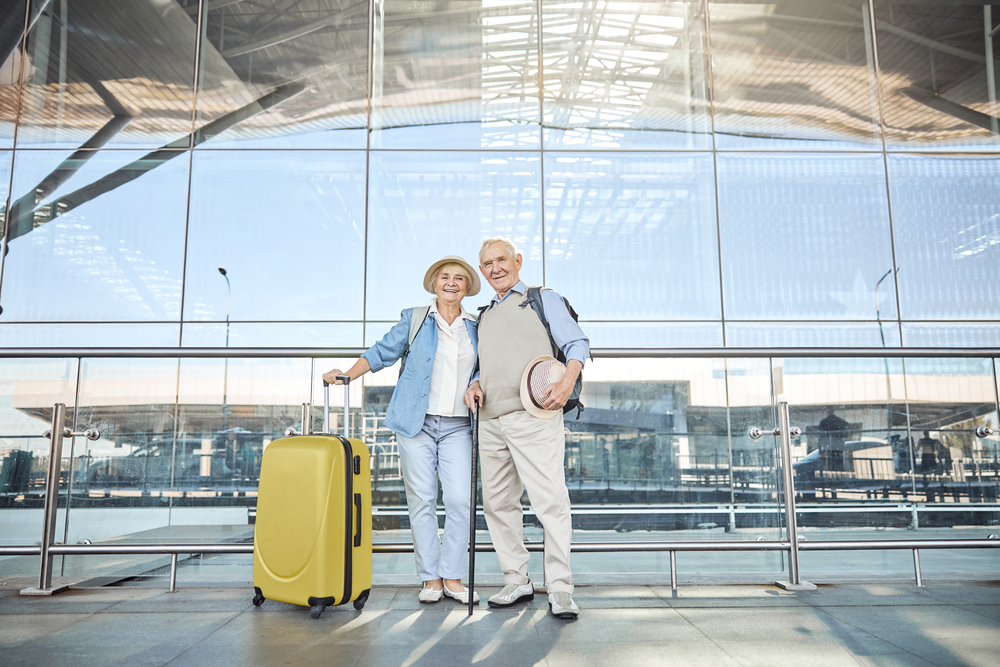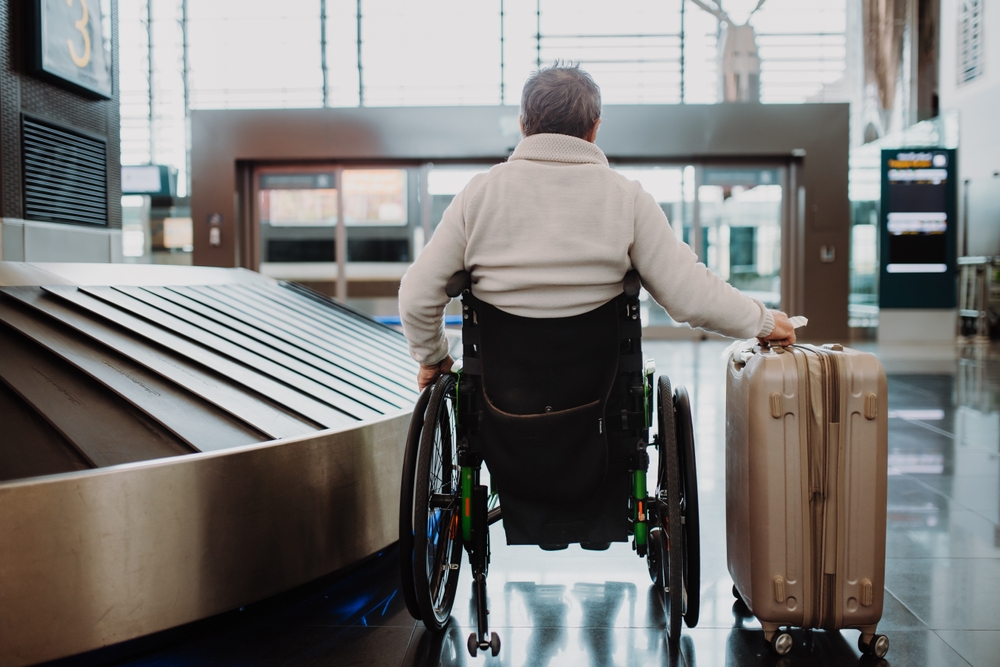Ageism, a form of discrimination based on age, often targets the elderly, although it can affect individuals at any stage of life. This blog delves into the multifaceted impacts of ageism, particularly on older adults, and explores effective strategies to counteract it.
This is an especially important topic for home caregivers in Santa Monica, the elderly and their families. Let’s foster a deeper understanding of this topic and encourage actions that contribute to a more age-inclusive society.
What are the impacts of ageism?
Ageism can be subtle or overt, influencing perceptions, behaviors, and policies, and its impacts are profound and far-reaching.
- Psychological effects
Ageism can severely impact mental health. Older adults facing ageist stereotypes may experience feelings of isolation, worthlessness, and depression. This mental strain is often compounded by the societal notion that aging is an inevitable decline, leading to a self-fulfilling prophecy where seniors internalize these negative beliefs, affecting their self-esteem and will to thrive.
- Physical health consequences
There’s a strong correlation between ageism and adverse health outcomes. Research shows that ageist attitudes can lead to poorer health in older individuals, including an increased risk of chronic diseases, the possibility of limited mobility and a decrease in life expectancy. This is partly due to the stress caused by discrimination and the internalization of ageist stereotypes, leading to neglect of physical health.
- Social and economic impact
Ageism doesn’t just affect individuals; it has broader social and economic consequences. In the workforce, older employees may face discrimination, leading to underemployment or early retirement, which in turn affects economic productivity. Socially, ageism contributes to the marginalization of older adults, limiting their opportunities for social engagement and community participation.
- Impact on healthcare and services
Ageism in healthcare settings can result in inadequate care for older adults. Healthcare professionals may hold biases that affect their treatment decisions, leading to under-treatment or over-treatment. This bias can also extend to social services, where older adults might not receive the support they need due to ageist assumptions about their capabilities and needs.
How do we fight ageism?
Combating ageism requires a multifaceted approach, involving individual actions, societal changes, and policy interventions.
- Promoting awareness and education
One of the first steps in fighting ageism is raising awareness about what it is and how it manifests. Education programs, workshops, and media campaigns can help in dispelling myths and stereotypes about aging, promoting a more positive and realistic view of older adults.
- Encouraging intergenerational interaction
Bridging the gap between generations can foster understanding and respect. Programs that encourage intergenerational activities, such as mentorship programs or community projects, can help reduce ageist attitudes by highlighting the value and contributions of older adults.
- Policy and workplace changes
Implementing anti-ageism policies in the workplace and broader society is crucial. This includes enforcing age discrimination laws, promoting inclusive hiring practices, and ensuring equal access to opportunities and services for people of all ages. Seniors should be given the gift of understanding and inclusion.
- Advocacy and representation
Advocating for the rights and representation of older adults in all spheres of society is vital. This includes ensuring that they have a voice in policy-making, are represented in media and entertainment in a non-stereotypical way, and have access to advocacy groups that protect their interests.
How do I find experienced home caregivers in Santa Monica and the surrounding area?
In-home care plays a crucial role in supporting the dignity and independence of older adults. Experienced professionals can nurture a supportive environment where the elderly can thrive. A Better Way In Home Care is here to connect you to compassionate, seasoned professionals who have been taking care of seniors in their homes for years. Whether you live close to Palisades Park or in another part of Santa Monica, we’re here to help. Reach out today and let us find high-quality, reliable care for your elderly loved one!
More
Traveling can be a joyful and enriching experience at any age, but for seniors with limited mobility, it requires extra planning and consideration. However, with the right strategies, seniors can still enjoy the wonders of travel, whether they’re getting some form of elder care in Santa Monica or are in perfect health. Here are some valuable tips to help seniors with limited mobility experience the joy of travel with comfort and ease.
What are the travel tips for seniors?
Let’s go over the most important tips to ensure a comfortable travel experience:
1. Pre-travel health check-up
Before embarking on a journey, seniors should consult with their healthcare provider. This ensures that their health condition is stable for travel and they get advice on managing their mobility issues while away from home. Also, keep a list of medications and medical history handy.
2. Choosing the right destination
Select destinations that are known for being accessible to people with limited mobility. Many cities and tourist spots have made significant advancements in this area, offering wheelchair-accessible transport, hotels, and attractions.
3. Accommodation considerations
When booking accommodation, explicitly request a room that caters to limited mobility needs. This might include features like grab bars in the bathroom, wheelchair-accessible room layouts, and elevators if the room isn’t on the ground floor.
4. Transportation planning
Look into how you’ll navigate your destination. Many public transportation systems have options for people with limited mobility, but it’s essential to research this in advance. If you’re flying, inform the airline of your needs so they can provide assistance through the airport and during the flight.
5. Packing smart
Pack light to make moving your luggage easier but include all necessary items. Mobility aids like folding walking sticks or portable ramps can be invaluable. Don’t forget to pack any daily aids you use, such as a reacher tool, which can help in picking up items from the ground or high shelves.
6. Travel insurance
It’s vital for seniors, especially those with limited mobility, to have comprehensive travel insurance. Make sure the policy covers pre-existing conditions and any specific mobility aids you’re bringing along.
7. Slow down the pace
Don’t cram too many activities into one day. It’s important to pace yourself and include regular breaks. This slower pace allows for a more profound appreciation of the surroundings and reduces the risk of fatigue.
8. Use of technology
Use technology to your advantage. Various apps can help with navigation, provide information on accessible places, and even translate languages. Also, keeping a charged cell phone is crucial for emergencies or to contact assistance.
9. Local support services
Research local support services available at your destination. Some areas offer services specifically for travelers with limited mobility, like specialized tours or personal assistance services.
10. Stay flexible
Even with the best planning, travel can be unpredictable. Stay flexible and open to changes. If an activity turns out to be less accessible than expected, be willing to adapt and find an alternative.
11. Travel companions
If possible, travel with companions. They can provide assistance, share the burden of handling luggage, and it’s always more fun to share experiences with others. This also helps battle the social isolation that the elderly are often subjected to.
12. Maintain a positive attitude
Finally, maintain a positive mindset. Some seniors are discouraged from traveling due to ageism and its consequences, but this is not how it has to be. Travel can have its challenges, but the rewards are immense. Embrace new experiences and focus on what you can do rather than what you can’t.
How do I find reliable elder care in Santa Monica and the surrounding area?
At A Better Way In Home Care, we connect you with compassionate, skilled professionals dedicated to providing top-notch care in the comfort and safety of your home. The professionals we match you with are experienced caregivers who understand the unique needs of seniors.
They’re here to help with anything from medication reminders to doctor’s appointment drives. From Tongva Park to other parts of Santa Monica, you can rely on us to connect you with the right professionals. The best gift you can give to your senior loved one is the appropriate care. Don’t wait, contact us now for dependable, attentive help that ensures your senior loved ones are in the best hands.
More








